Çäkçäk: Basic Information
Pronunciation
Alternative Name(s)
Dish Type
Course
Mealtime
Popular Variations
Çäkçäk: Ingredients and Preparation
Main Ingredients
Main Cooking Method
Preparation Process
Çäkçäk: A Deep Dive
Cultural Significance
Taste
Texture
Aroma
Color
Serving Style
- Stacked into cone-shaped or pyramid-shaped tower
- Garnished with candies, dried fruits, or toasted hazelnuts
Serving Temperature
Accompaniment
Occasions
Seasons
Special Diets
Calories
Popularity
Popular Similar Dishes
- Lokma
- Boortsog
- Pishme
- Struffoli
- Gavvalu
Popular Dining Area
Çäkçäk, or chak-chak, is a traditional doughnut-like dessert popular in Russia that hails from the cuisines of Tatarstan and Bashkortostan.
People in many Central Asian nations also enjoy the deep-fried sweet, such as in Kazakhstan, Kyrgyzstan, Uzbekistan, and Tajikistan.
Çäkçäk is prepared by mixing flour and eggs into an unleavened dough, breaking the dough into small balls, and deep-frying them in oil.
Next, the fried balls are drenched in a hot mixture of honey and sugar before being arranged on a plate into a cone or pyramid. The world-famous Tatar and Bashkir honey is an ideal ingredient.
When making çäkçäk for weddings or the Muslim holiday of Eid al-Fitr, which marks the end of Ramadan and is a special occasion in Tatar and Bashkir cultures, locals often decorate the sweet with colorful candies, dried fruits, and toasted hazelnuts.
Continue reading, and you will discover more captivating facts about çäkçäk, such as the favored types of çäkçäk in the region, the benefits and drawbacks of eating the dough-based sweet, commonly asked questions about the dessert, and similar dishes from around the world.
Key Points
Çäkçäk Images
What Are the Main Types of Çäkçäk?
There are three main types of çäkçäk, with the fried balls as the most popular one. Another version is boxara käläwäse, which has the shape of short, thick noodle strands. In Uzbekistan, people also serve çäkçäk as flakes.
Each type of çäkçäk is delightful in its own right and presents distinct benefits and drawbacks.
Pros and Cons of Eating Çäkçäk
Below are the pros and cons of çäkçäk:
Pros
Cons
Don’t stop at just knowing the pros and cons of çäkçäk; read on to discover frequently asked questions about the dough-based sweet as well.





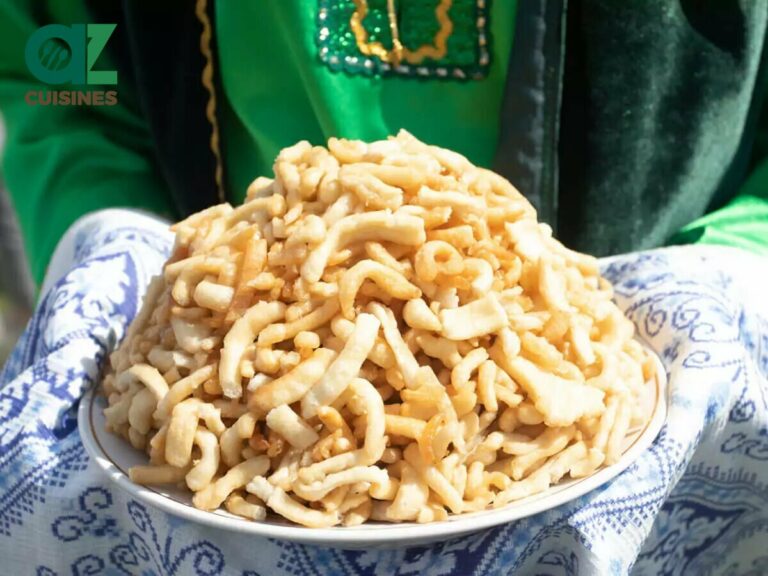

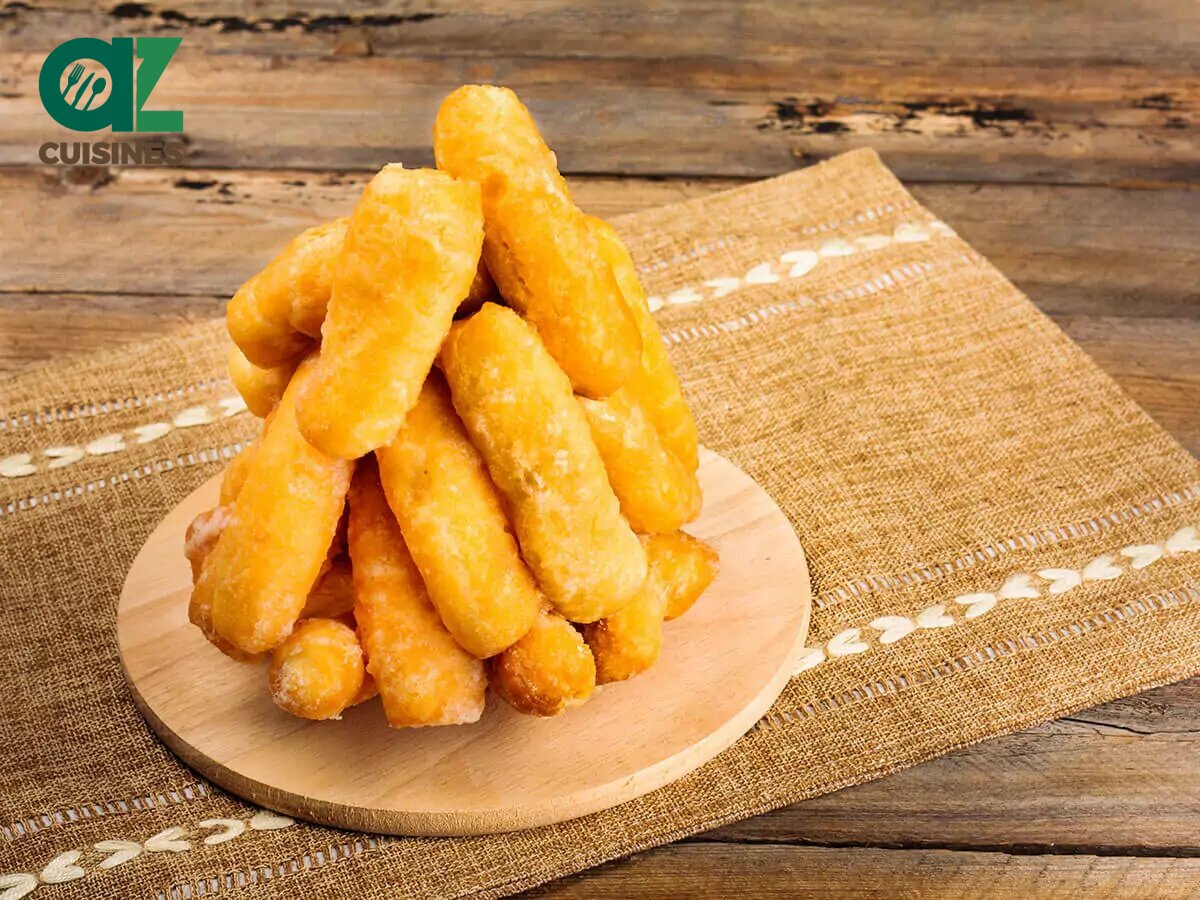
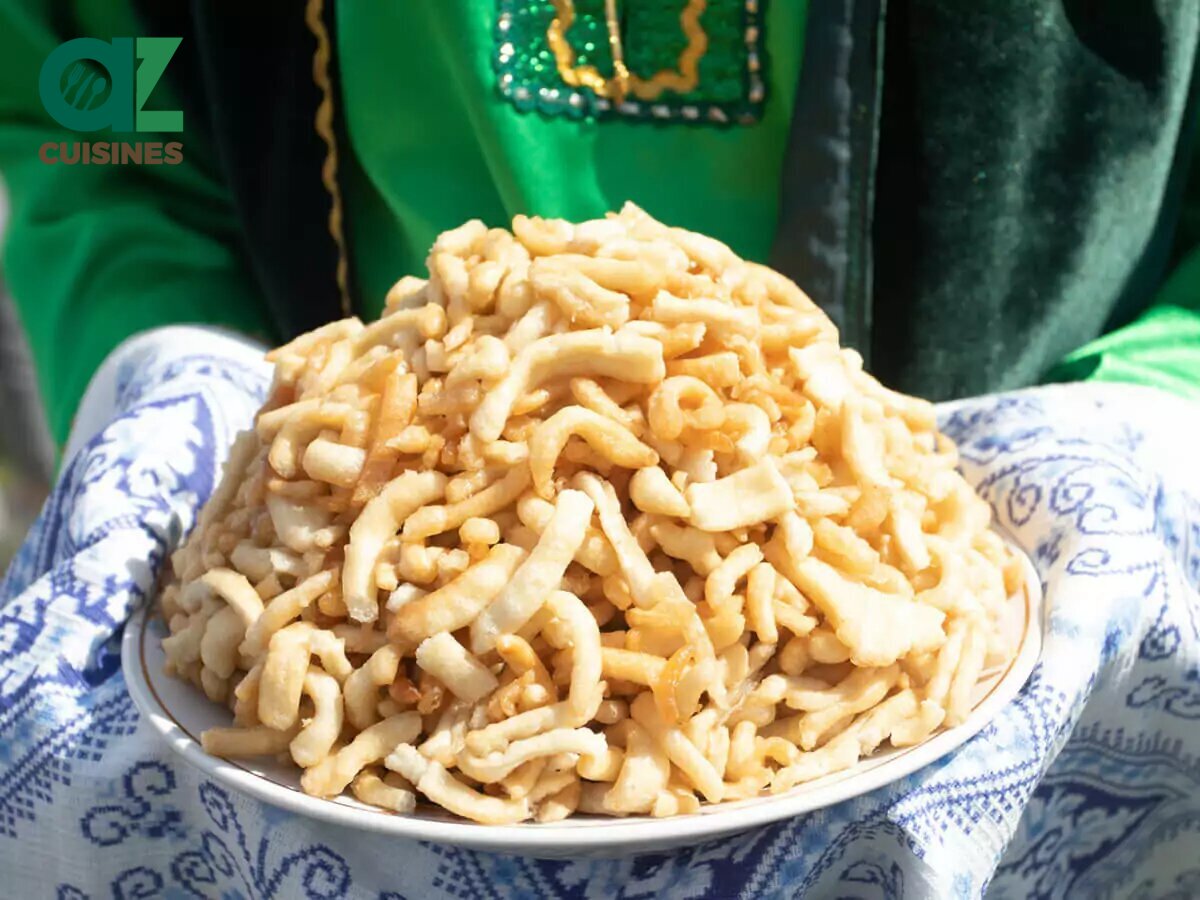
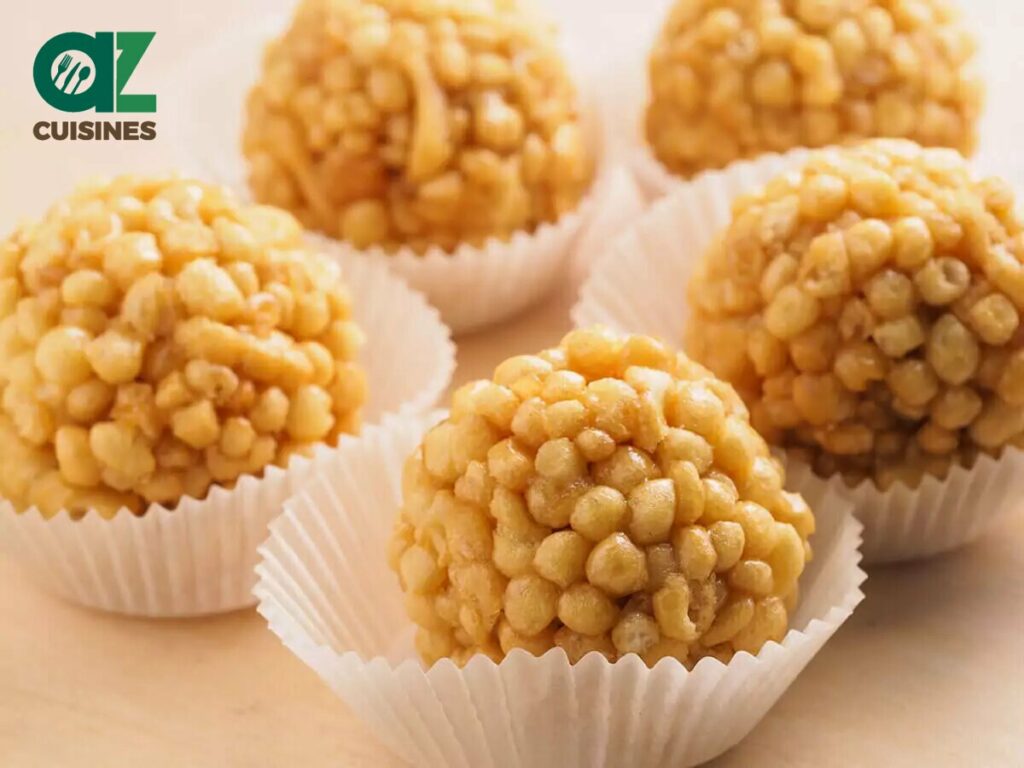
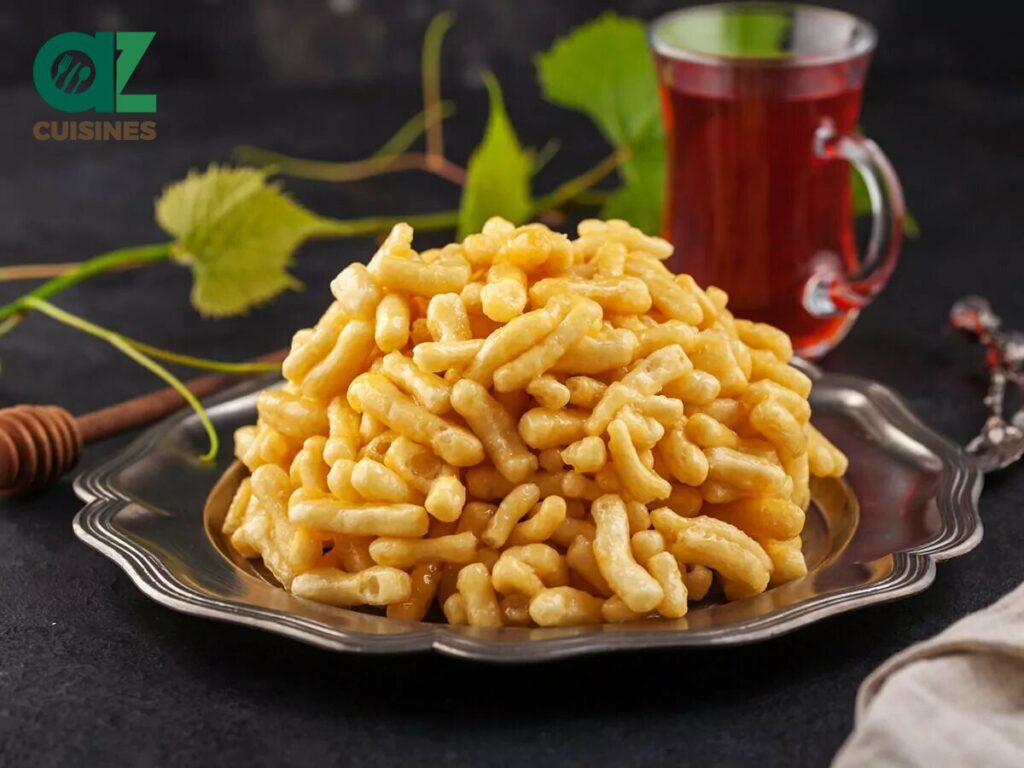
Adam Sam
Senior Food and Drink Editor
Expertise
Food Writer & Recipe Developer, Recipe Tester, Bartender, Cooking-video Maker, Editor In Chief
Education
Adam Sam, an experienced food writer and recipe developer, is passionate about blending diverse culinary traditions, national dishes, and innovative beverages, showcasing his proficiency in both traditional and modern recipe testing.
As the Editor-in-Chief, he elevates culinary content from street food to fine dining, focusing on Western cuisine and types of drinks at azcuisines.com, and is professional in creating engaging cooking videos that simplify complex dishes and ingredients.
His passion for food is evident in his writing, where he uniquely merges various cultures, traditions, and contemporary trends, skillfully combining classic recipes with modern cooking methods.